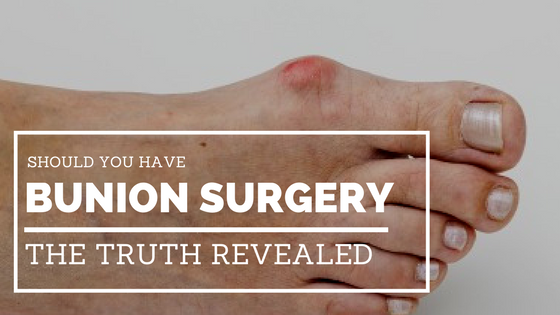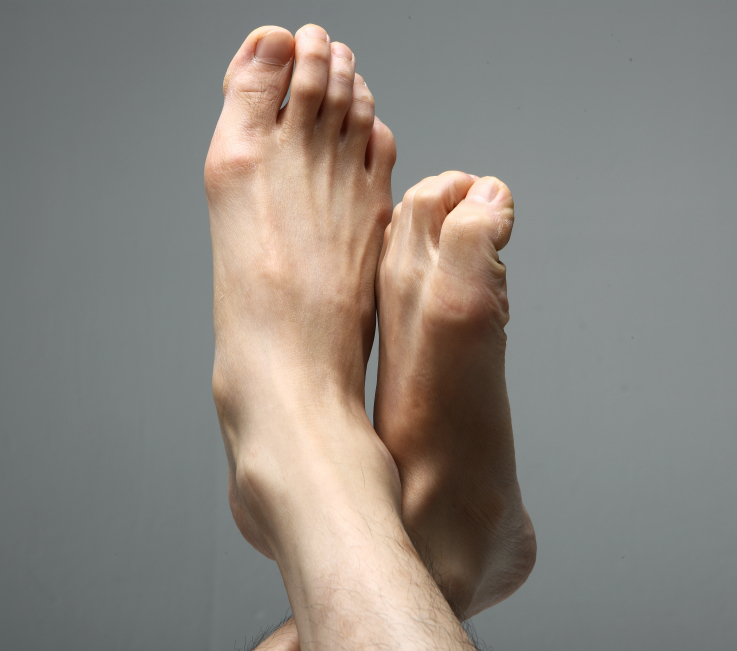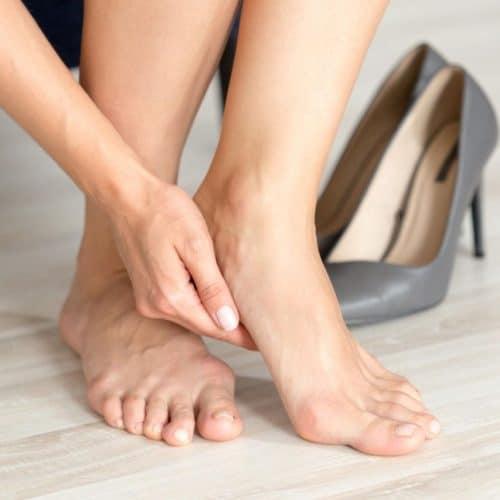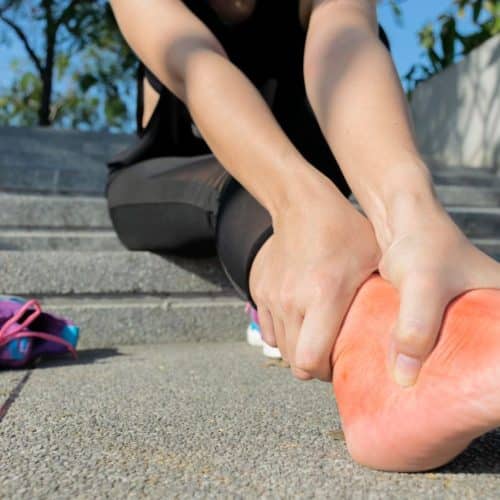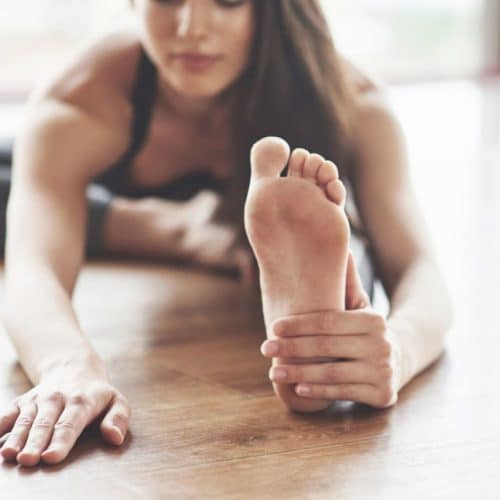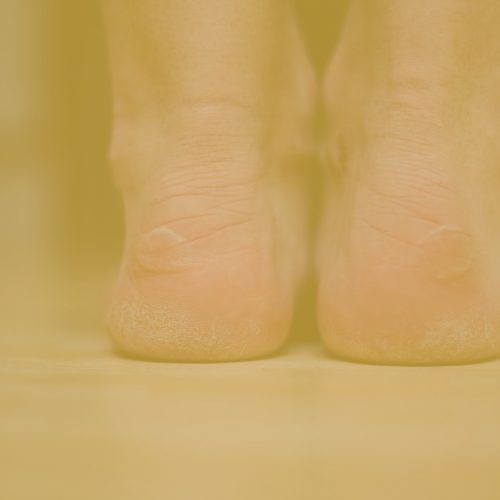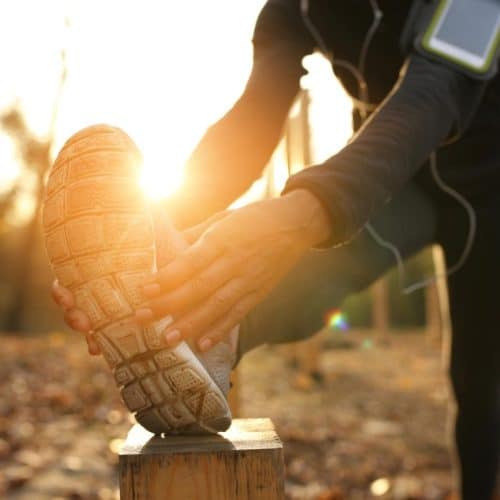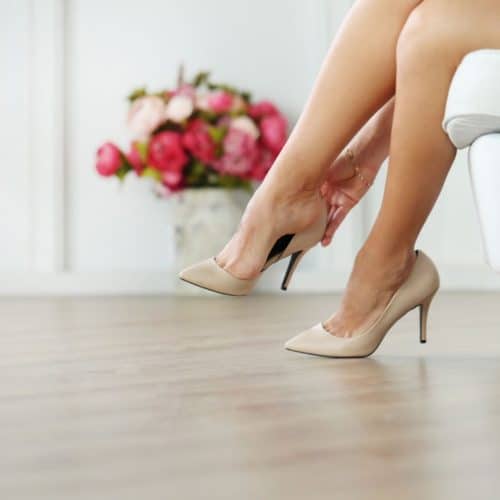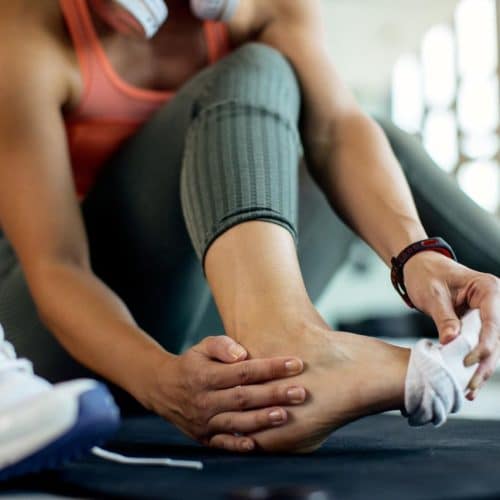We all know of someone who suffers with a painful lump on the side of their big toe, often referred to as a “bunion bump”. Although not as common, this also occurs to the little toe (Tailor’s Bunion).
This deformity can lead to movement of the other toes and commonly clawing of the second toe.
Surgery to correct the bunion and remove this bump is known as a bunionectomy. As a sports podiatrist I am often asked whether surgery is necessary for this condition?
When to Consider Bunion Surgery?
- When conservative management, such as footwear, foot mobilisation therapy, bunion shields, bunion braces and customised orthotics fails to relieve pain.
- Pain barefoot (not just in tight shoes) and difficulty preforming activities of daily living.
- The bunion remains swollen and painful, even with conservative treatment/ medication.
- Unable to bend or straighten the big toe and effects walking.
- If cosmetically you are unhappy with the appearance of your bunion.
What You Should Do Before Bunion Surgery:
- Discuss your condition with your podiatrist initially.
- Speak to your GP for a full medical check and to discuss if you need to stop any medications, such as blood thinners before surgery.
- Compile a list of medical history, medications and allergies to take to the surgeon.
- Weight bearing X-rays of your feet, to diagnose the extent of your condition and type of surgery.
- Organise someone to pick you up after surgery and assist you at home.
- Follow the directions from your surgeon carefully to avoid possible complications.
What To Expect During Bunion Surgery:
- Some people may require a general anaesthetic during bunion removal surgery.
- Another option is an ankle block, making you numb below the ankle whilst still being awake to minimise recovery time and assist in longer pain relief.
- The surgeon will choose the most appropriate form of surgery for your presentation.
- Post operative bandaging will be applied to your foot by the surgeon or nurse with redressing instructions to take home.
- A post operative boot is worn to allow room for all the bandaging, without applying pressure to the surgical area.
- Monitoring of your blood pressure and heart rate while you wait for the anaesthesia to wear off.
- Discharge is generally after a couple of hours in recovery.
Some of the most common types of bunion surgery procedures are:
- Exostectomy: the bunion is removed from the joint without performing a re-alignment.
- Osteotomy: a wedge is cut into the big toe joint, bunion removed and realigned to a normal position.
- Arthrodesis: replacement of the damaged joint with screws or metal plates to correct the deformity.
Recovering From Bunion Surgery:
- Crutches ay be used to avoid weight through the foot initially, with return to normal walking.
- Full recovery from bunion removal surgery can take five to seven months depending on the severity of the surgery.
- Expect your foot to remain swollen to some degree for several months after bunion removal.
- Wear appropriate flat shoes with adequate width and support for your foot.
- Customised foot orthoses should be worn to correct any foot posture abnormalities. Foot Orthoses will also reduce pressure through the big toe, preventing reoccurrence of the bunion.
- Women need to avoid wearing high heels for at least six months after bunion removal.
- Exercises, to strengthen your foot and lower leg are advisable.
- Foot Mobilisation Therapy to maintain joint mobility once you begin to put weight through your foot is very important in recovery.
Bunion surgery is highly successful with only a small percentage of patients experiencing ongoing pain, nerve damage, and infection after surgery.
For more information speak to your treating podiatrist or come and see us at Well Heeled Podiatry. We will preform a specialised foot assessment where we can advise you what stage your bunion is and what your treatment options are prior to surgery.


